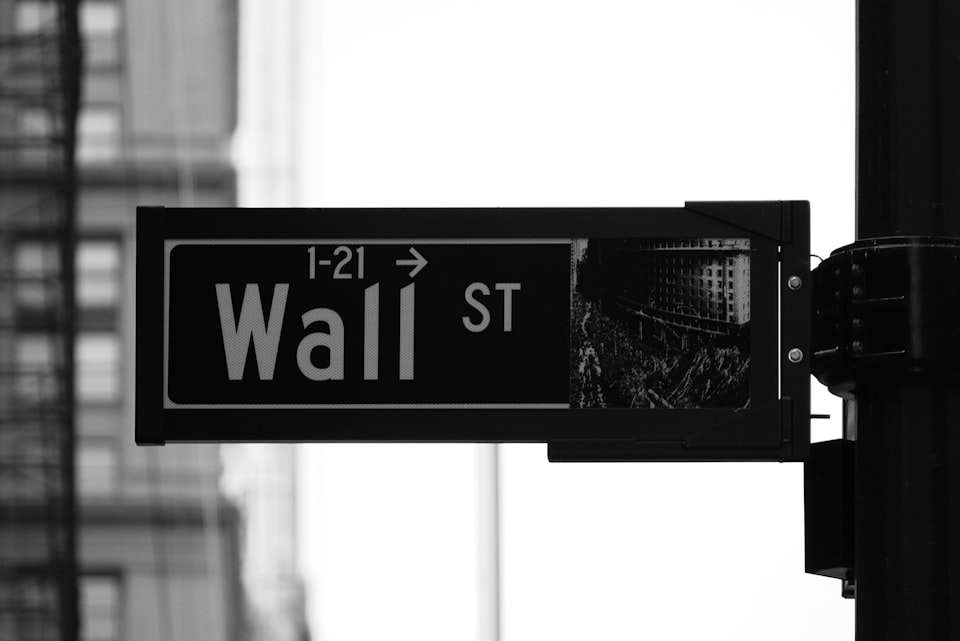Fed Raises Rates: Did the Market Just Bottom?

Cutting to the chase on the headline above...
I'm cheering yesterday's big post-Fed +4% Nasdaq rally like everyone else. But a little skepticism - not super-bearish nor super-bullish about these things - goes a long, long way.
The reason? Well, I recently counted them all up....
The Federal Reserve meets 8 times a year. Which means that I've experienced more than 200 such interest-rate meetings in my career as a Wall Street journalist, newsletter editor and independent investor & trader.
In the 1990s, those meetings were lead by Alan Greenspan, who gave way to Ben Bernanke, then Janet Yellen and these days - Jay Powell.
But after a while, I realized the immediate post-meeting gyrations of the stock market are utterly meaningless.
This trader's observation, from before yesterday's Fed meeting, offers a good example:

That's not to say the stock market can't continue to move higher from here.
Late summer, when trading volumes are low, is a time when it's easy for Wall Street traders to push stocks up or down for weeks at a time. I've seen more than my share of late summer rallies go all the way up to Labor Day Weekend before the market's bullish resolve really gets tested again.
This one could easily go that far as well:

But there are reasons to maintain a longer-term reserve of healthy skepticism.
Yesterday's rally was driven largely by a handful of the biggest tech stocks, boosting the Nasdaq and the S&P 500.
But notice the highlighted daily gain for the DJIA and small-cap Russell 2000?

The probabilities say that in a healthier market (reflecting a widespread, healthy economy), we would see all the indexes go up by more-or-less similar amounts.
Beware big, sharp rallies during bear markets.
During bear markets, large rallies have a way of sucking us into FOMO-mode (fear of missing out).
Out of the 20 largest one-day Nasdaq rallies in history, 14 of them occurred in the early or middle phases of ongoing bear markets:

One more reason to remain hopeful yet skeptical...
From a technical analysis perspective, bear markets only rarely end with a classic "V"-shaped bottom. More often, the first attempt at a bottom is tested again with yet another decline, weeks or months later - sometimes at or just below the prior level. The end of the bear market in 2009 is a classic example:

The point being...cheering on a rebound is great. I'm all for it.
But it helps not to get carried away and keep a healthy reservoir of skepticism. In a bear market, the end usually comes when the cheering is replaced by exhaustion and massive doubt.
Jeff
Member discussion